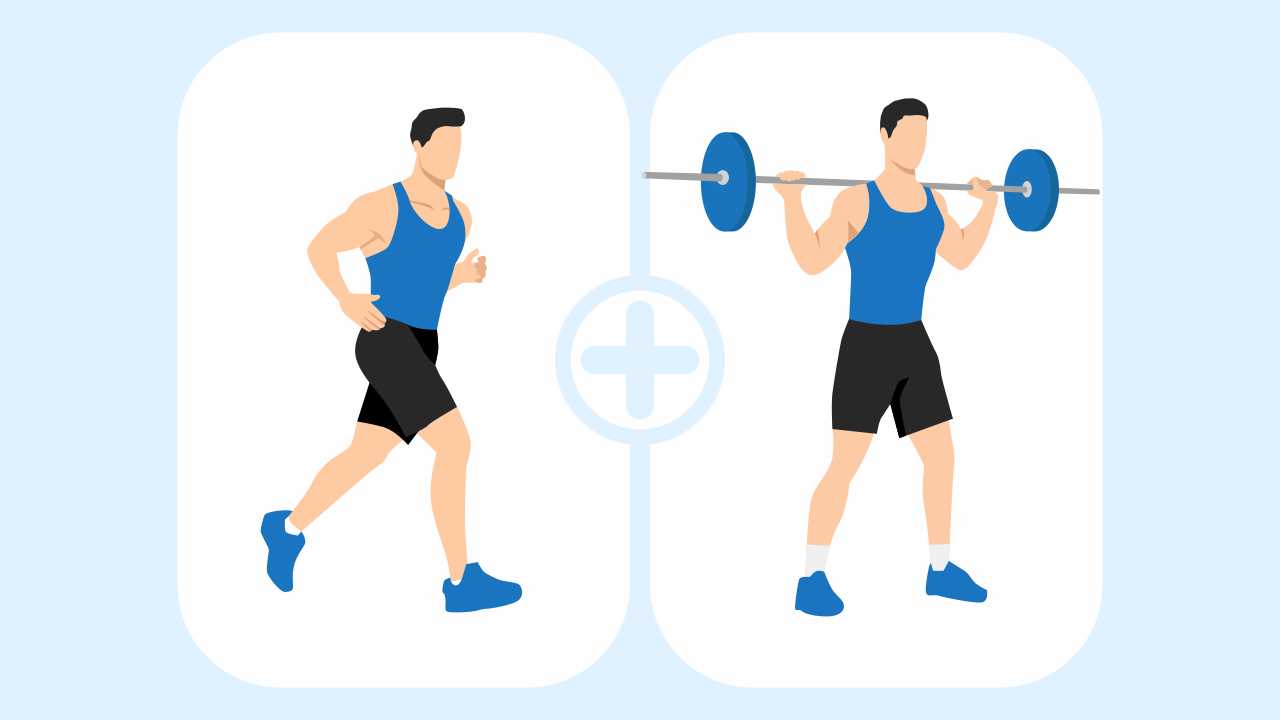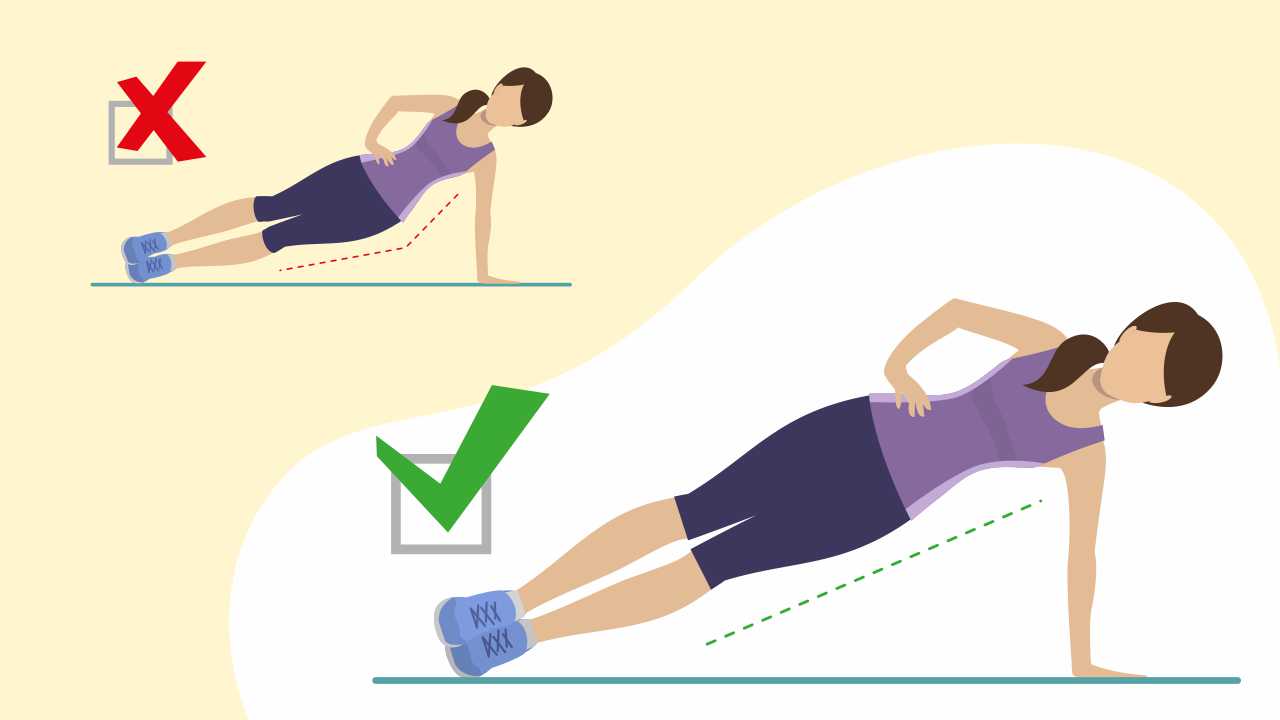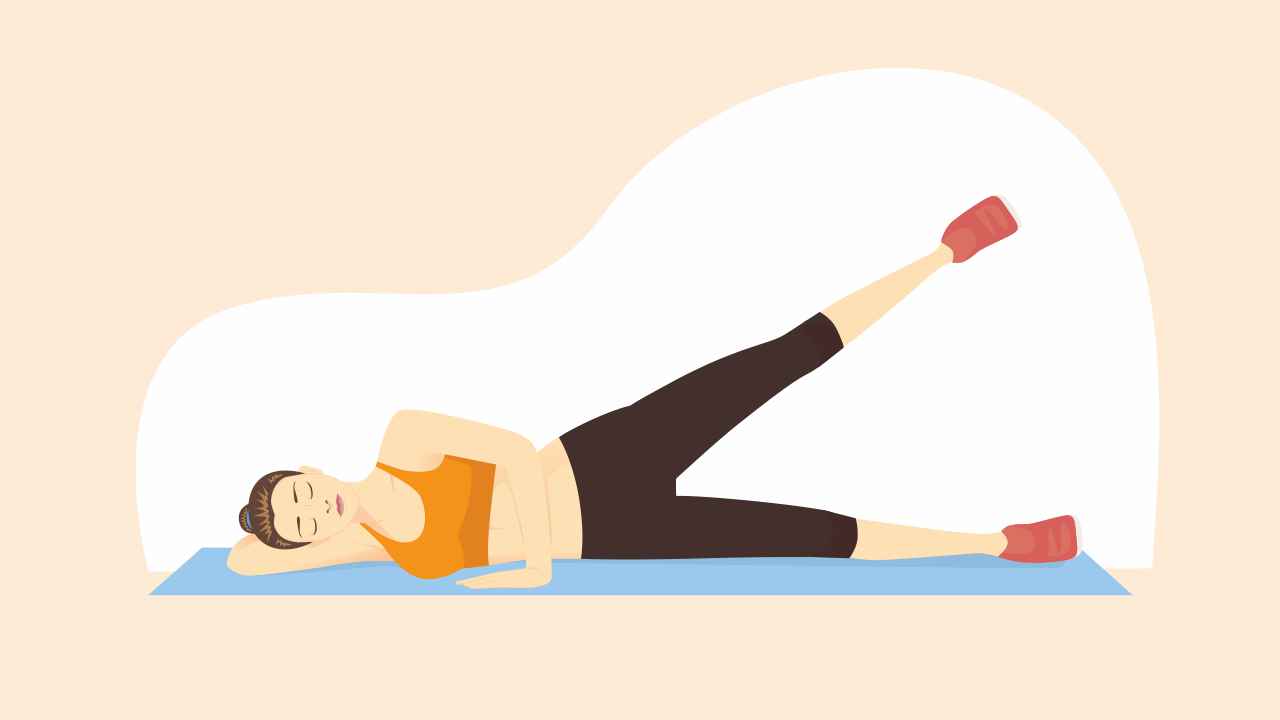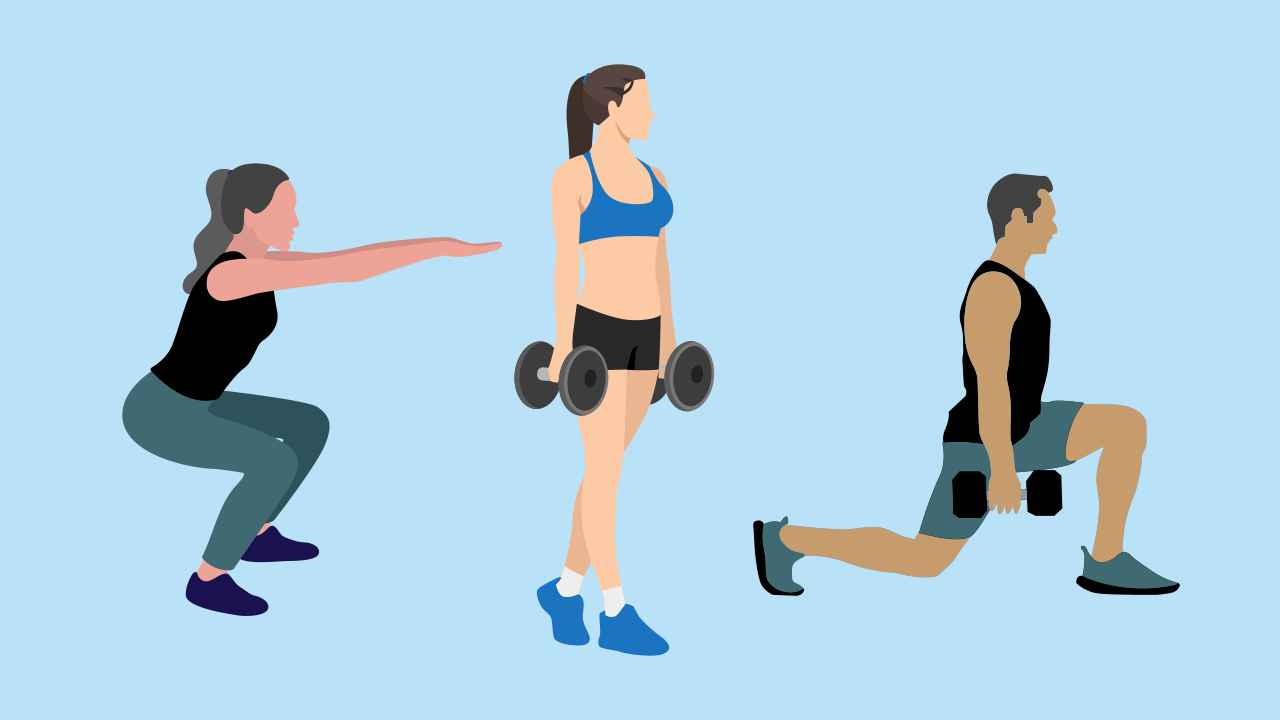
Muscle Contractions: Different Types and How They Affect Training

Every physical action — whether in day-to-day life or the gym — requires some form of muscle contraction. You could be simply sitting down on a chair or performing a barbell back squat, but both require the same type of muscle contraction.
Muscles lengthen, shorten, or contract without changing length during any physical action. These muscle contractions are known as eccentric (muscle lengthening), concentric (muscle shortening), and isometric (maximal voluntary muscle contraction, with no change in length), respectively. An example of a concentric contraction may be lifting weight to the top during a bicep curl, while an eccentric contraction may be lowering that same weight to the bottom position (Figure 1).
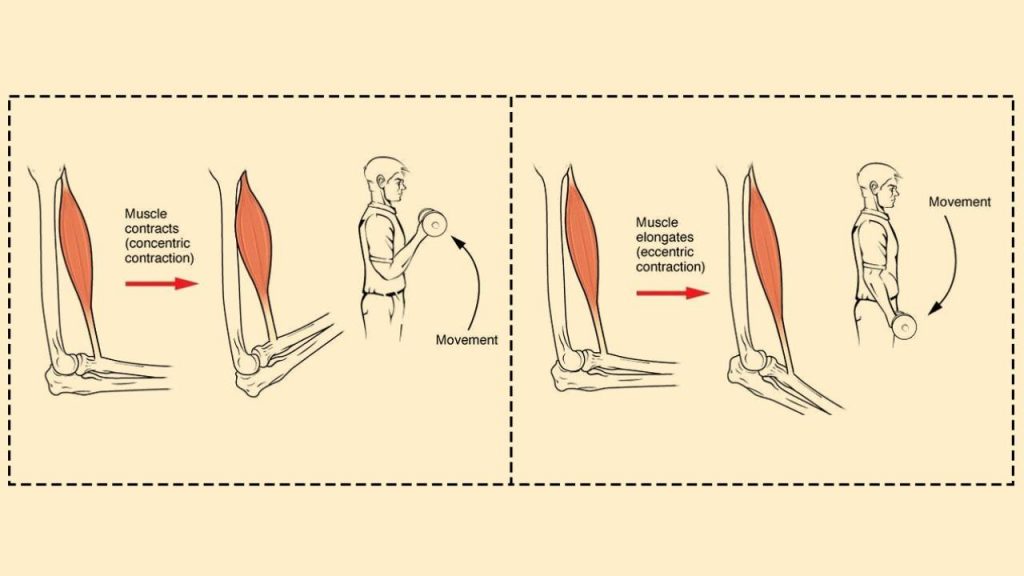
Uses and benefits of different muscle contractions
Concentric muscle contractions are frequently used during explosive take-off/ speed-type actions. For example, sprinting, jumping, and changing direction (agility) motions require concentric muscle actions to generate propulsive/ acceleration force. In this sense, concentric muscle contractions can be optimized during ballistic-type training, where the goal is to accelerate throughout the entire concentric component of the movement. Commonly prescribed ballistic exercises may include jump squats, various weightlifting derivatives, and bench press throws.
On the other hand, eccentric muscle contractions (also known as eccentric training) are achieved when one removes the concentric component of the exercise. This can be accomplished either via assistance, where a training partner helps to lift the weight during the concentric phase, or via machine involvement. Certain machines known as isoinertial devices, like flywheels, for instance, can be used to remove the resistance during the concentric phase of the lift, thus solely focusing on applying resistance during eccentric muscle contractions.
This is an extremely potent and useful training method, and may benefit performance by producing favorable adaptations in strength and power, improving tendon and muscle growth, as well as central nervous system firing, and vertical jumping/sprinting speed compared to concentric, isometric, and traditional (eccentric/ concentric) training.
A specific type of training known as eccentric overload training can also be accommodated during eccentric training. An overload stimulus can be applied when the weight being lifted, in this case eccentrically, exceeds the maximal weight that the person can lift using traditional (eccentric/ concentric) training
For instance, say an individual has a one-repetition maximum of 40kg in a dumbbell bicep curl (eg, 40kg is the highest weight that can be lifted only one time). This same person may (and should) be able to lift more than 40kg if the concentric component of the movement is removed or assisted (eg, a training partner helps to lift the weight, with the trainee, to the top of the movement). Thus, this would be known as applying an eccentric overload training stimulus, which can improve strength, power and muscle growth compared to traditional training and eccentric only training methods.
Finally, isometric muscle contractions, when performed at maximal voluntary contraction (ie, applying a maximal effort when lifting or pushing an immovable object like a wall), can be highly beneficial in improving strength while diminishing muscle damage.
For example, while eccentric contractions appear to be optimal for improving physical performance compared to concentric and isometric contraction types, there is also considerable muscle damage caused by maximal and near-maximal eccentric muscle contractions, which in turn can cause muscle soreness. Therefore, isometric muscle contractions may be particularly advantageous for people returning from injury or for those who suffer from pain at different joint angles, or even for those who are relatively new to resistance training where less muscle damage and muscle soreness are desirable.
Also read: Training Form and Technique: What is the Difference?
Are there any negative impacts of these contraction types?
The main concern behind using various contraction types in resistance training is the risk of developing delayed-onset muscle soreness (DOMS). DOMS is particularly present following eccentric muscle contractions, compared to isometric and concentric muscle contractions. In this case, DOMS refers to unpleasant, dull, aching muscle pain, which is usually felt when feeling/ pressing into the muscle, contracting, or stretching the affected muscle.
If an individual is relatively new and unaccustomed to eccentric resistance training, DOMS can appear as early as 12-24 hours post-exercise, with pain/ discomfort levels peaking between 24-72 hours before progressively subsiding and disappearing within five to seven days. It’s important to note, however, that DOMS is not reflective of the amount of muscle damage sustained post exercise, and there is some research indicating that DOMS may be linked to maladaptive metabolic, connective tissue, and inflammatory processes that are present during eccentric muscle contractions.
To date, the most useful preventive strategy to avoid DOMS is to engage in repeated training sessions that involve submaximal eccentric contractions, while progressively increasing the training intensity slowly and periodically over time.
References
1. Suchomel TJ, Nimphius S, Bellon CR, et al. The importance of muscular strength: training considerations. Sports Med 2018; 48: 765–85.
2. Schoenfeld BJ, Grgic J. Eccentric overload training: A viable strategy to enhance muscle hypertrophy? Strength Cond J 2018; 40: 78–81.
3. Hody S, Croisier JL, Bury T, et al. Eccentric muscle contractions: risks and benefits. Front Physiol 2019; 10: 536.
4. Nosaka K, Newton M. Difference in the magnitude of muscle damage between maximal and submaximal eccentric loading. J Strength Cond Res 2002; 16: 202–8.
5. Oranchuk DJ, Storey AG, Nelson AR, et al. Isometric training and long‐term adaptations: Effects of muscle length, intensity, and intent: A systematic review. Scand J Med Sci Sports 2019; 29: 484–503.





